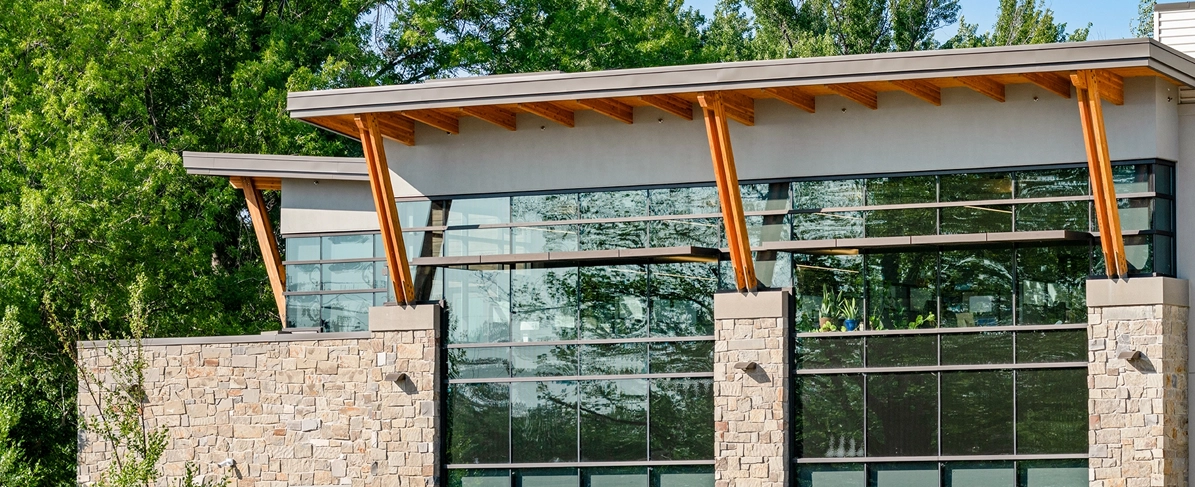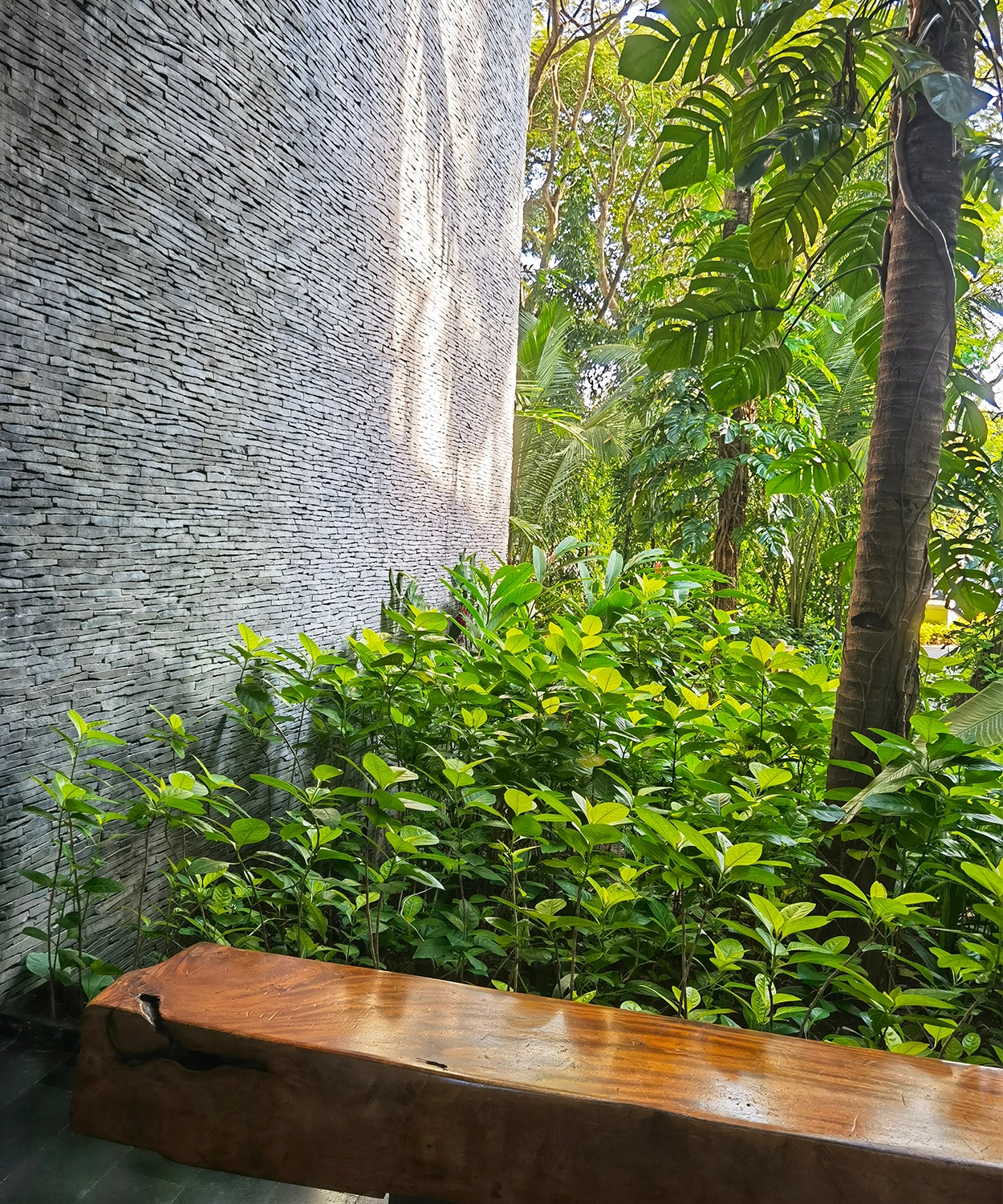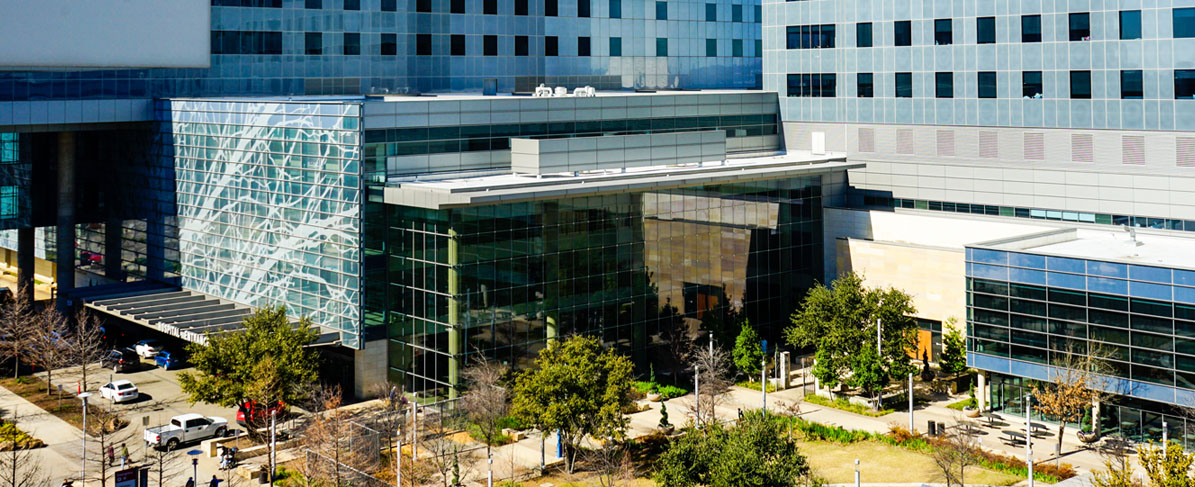4 Ways to Integrate Nature into Building Designs
Learn about different methods to incorporate natural elements into your building design including green roofs and green walls, trellises, landscaping and organic façade design.

Learn about different methods to incorporate natural elements into your building design including green roofs and green walls, trellises, landscaping and organic façade design.

In architecture, infusing nature into a building design is frequently sought after in both new construction and renovation projects. This philosophy, often called biophilia, biophilic design or biophilic architecture, aims at “connecting people and nature within our built environments and communities.” These practices are complex, but in its simplest form, think about how buildings can integrate organic elements, such as water, greenery, wood, stone and botanical-inspired profiles.
Beyond traditional landscaping, that balance of sustainability, beauty and practicality can be difficult to achieve in exterior building design. For example, coveted green roofs tend to be expensive and high maintenance, making them inaccessible to most owners and facility managers.
But there are other more attainable and cost-effective methods for telling a structure’s environmental story. Let’s look at some of the most common strategies to incorporate the outdoors into a building façade.
 Challenges of Green Walls and Green Roofs
Challenges of Green Walls and Green RoofsVegetated roofs. Green roofs. Green walls. Foliage walls. These terms all describe living trees, flowers and bushes, and their necessary waterproofing and drainage systems, for a building’s rooftop and walls. Their design possibilities are endless with infinite plant options and configurations for a custom façade, amenity deck or terrace. They naturally cool the building temperature to reduce energy usage in warmer weather and alleviate stormwater runoff by absorbing the precipitation.
While making an unmatched architectural statement and helping the environment, green roofs and green walls also add significant weight, cost and maintenance. Regular watering is necessary to sustain the vegetation, and depending on the climate, only certain plants will thrive throughout the seasons, requiring someone to replace them periodically to maintain the full green aesthetic year-round.
Greg Soltis, Senior Designer at RDL Architects, finds that compared to green roofs and green walls, trellises and plants grown from the ground are a more practical and time-tested solution “that doesn't require you to have to account for watering it, who's going to put the plants in and take the plants out, how much weight is it going to add to the building.” A trellis up the side of the structure or tall rows of trees can provide a similar look of a green wall without the upkeep or logistical challenges.
And the outside vegetation doesn’t have to be just decorative. It can serve a practical, architectural purpose. Lines of trees or bushes can create a faux wall between different areas or highlight a particular focal point. Even outdoors, pockets of more intimate space can be designed using “trees with wide canopies to provide the sense of enclosure," Soltis says.
 Continuity of greenery indoors and outdoors
Continuity of greenery indoors and outdoorsAnother low cost and low maintenance way to bridge your structure with nature is to bring elements of the landscape design indoors. Cacti, succulents or flowers found outside the building can extend inside to line an entryway or accent an atrium.
This consistency is especially successful in rooms with lots of windows for natural light and a clear sightline between the interior and exterior flora. Embracing glass as an architectural feature as opposed to a divide, designers can layer the space with complementary greenery on both sides.
Versatile and usable indoor/outdoor spaces like plaza decks and patios can also benefit from this cohesive green design to enhance the flow from the inside to the outside.
While live foliage has its benefits, even the appearance of natural elements has been shown to have a positive, uplifting effect on people. This enables greater design freedom and a more abstract approach, so you don’t have to rely on literal greenery to convey a connection to nature.
Instead, a building’s cladding can use earth tones, textures and organic imagery to mirror the environment, which is particularly useful for buildings in dense, urban areas with few trees in the vicinity.
Exterior Insulating and Finishing Systems are an ideal method for achieving this aesthetic on new and existing structures. EIFS or EFIS, depending on how you use the acronym, can be direct applied in the field or prefabricated in a factory as exterior wall panels to be shipped to the jobsite.
Soltis describes how he and his team use “plants as part of the architecture…to be extended out beyond the envelope. And then the wall becomes the backdrop of that, so the EIFS can be designed in concert with the landscape to provide a unified concept.”
EIFS claddings are also lightweight and include continuous insulation for improved energy efficiency. The exterior finishes are available in countless colors and textures to mimic the look of stone, granite, and wood grain. Whatever your color palette, there is an EIFS option to complement it.
Your building doesn’t have to be the color green (although it could be) to communicate its eco-friendly intent. Regardless of your location or budget, the biophilic approach can be incorporated through trellises and landscaping, consistent vegetation inside and out and nature-inspired façades. To help you find that inspiration, simply look outside or check out Dryvit’s Specialty Finishes for exterior cladding options to suit any design aesthetic.
